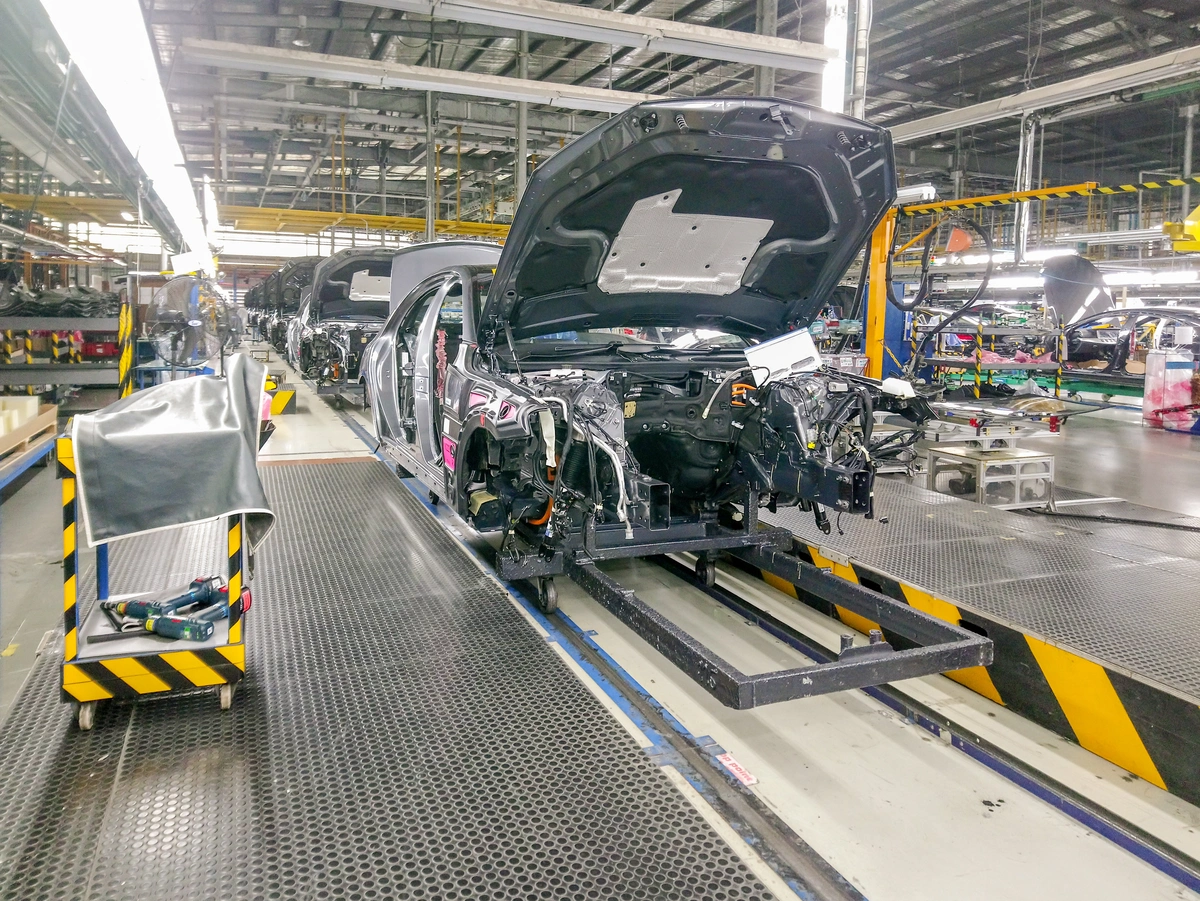Record levels of federal funding have become available in recent years to address climate change—but translating that money into local impact still comes with tremendous challenges. The Justice40 Initiative, established by President Biden under Executive Order 14008, set a goal of distributing 40% of certain federal investment benefits to disadvantaged communities that are marginalized, underserved, and overburdened by pollution. The initiative authorizes $2 billion in Environmental Protection Agency (EPA) Community Change Grants to help communities roll out clean energy, fortify climate resilience, and overcome climate and environmental justice challenges. Disbursement to states has already begun, and funds are being distributed through grants and subsidies.
However, impediments at the state, local, and corporate levels can impose a disconnect between federal funding goals and tangible impact on communities. To translate high-level decisions into practical results, community, corporate, and government leaders must learn to navigate the funding maze and ensure that allocations are implemented equitably.
Navigating the Funding Maze
A lack of federal guidance on what equity looks like and how the funding should be distributed leaves the question open to interpretation at the state and local levels and can lead to inequitable funding for long-underserved and negatively impacted communities. At the local level, the lack of community engagement to guide underserved newcomers through the funding application process gives experienced project developers a competitive advantage in securing funds. At the corporate level, conflicts of interest and lack of transparency can prioritize profitability over equity.
None of these obstacles are insurmountable but overcoming them requires risk awareness and strategic countermeasures to ensure the funding meets its intended purpose.
State Government: Undefined Directives Need Active Implementation
What is considered equitable in one state, or even in communities within the same state, is often not the same in other states or communities. The Inflation Reduction Act, a key funding source for the Justice40 Initiative, will disburse $337 billion to red states for investment in solar, wind, and energy storage and $183 billion to blue states, a Bloomberg analysis estimates. Texas, currently the nation's leading wind producer, will receive over $66 billion, illustrating both the large amount of funding available and how regional variables can promote distribution disparities.
The Infrastructure Investment and Jobs Act (IIJA), another funding source for the Justice40 Initiative, amplifies existing federal programs. These programs contain few provisions specifying where funds should be spent or to whom they should go; however, some measures indirectly promote equity. For instance, the IIJA increases funding for the EPA's Superfund and Brownfields remediation programs, which often benefit low-income communities, and the EPA has introduced an environmental justice screening and mapping tool (EJScreen) that factors in environmental and demographic indicators. But the lack of federal guidance departs from previous programs that have named geographical areas and underserved communities designated to receive funds. Without federal directives, states have significant discretion over how funds are spent. This gives state legislators, community leaders, and business leaders the responsibility to align state policies with federal priorities and community needs.
Municipal/Local Government: Underserved Applicants Need Expert Assistance
At the local and municipal level, many entities may vie for federal and state funds, including government agencies and their numerous contractors. Competition for funds can be fierce, favoring experienced funding navigators over underserved newcomers.
Many factors combine to steer local allocation decisions away from the underprivileged. Grant requirements can be difficult and time-consuming to meet, and inexperienced and already underfunded applicants may initiate the application process only to find themselves baffled, stalled, and frustrated. Or they may simply lack the staff, expertise, or dollars to hire someone to help them navigate the process.
Subsidies may also favor fossil fuel users due to factors such as permit application fast-tracking, which can shorten the time communities have to voice environmental objections. Community leaders and decision-makers may use their discretionary power to prioritize other community projects rather than addressing environmental equity. Infrastructure limitations may impose obstacles to envisioned projects.
Evidence-based arguments play a significant role in influencing local funding decision-making. Grant applicants who can cite data to demonstrate a community return on investment can gain leverage to win funding opportunities. To promote successful grant applications, community educators must engage underserved applicants with training and mentorship around submitting strong applications. Applicants must know how to engage communities to identify needs and how to collect data that strengthens their applications.
Corporate: Engagement Must Demonstrate Business Benefits of Equity
Private companies multiply the complexities of local funding competition. Large corporations, small and medium-sized businesses, developers, construction companies, engineering firms, and law firms may all compete for funds. In many cases, these organizations serve as contractors or partners for government agencies.
This can create conflicts of interest between equity goals and profit motives. To reduce these tensions, businesses must collaborate with community leaders to develop strong Community Benefit Plans that involve transparent partnerships and financial disclosures to keep companies accountable to the communities they serve.
An essential part of the federal loan application process, Community Benefit Plans ensure corporations reconcile profit motives with community needs and create lasting benefits for local environments and populations. Engaging communities in dialogues and gathering data to discover ways to align their mission with community needs will allow companies to create mutually beneficial plans with buy-in from all stakeholders. Promoting benefit-oriented, fact-based dialogues between communities and businesses can also help sustain action amidst the increasing politicization of sustainability.
Enhancing Local Impact with Research, Engagement, and Transformation
Partners at all levels of the process must cooperate to steer federal funds past obstacles to disadvantaged communities. This can be achieved by using a data-driven, equity-focused approach to identify underserved communities most in need of funding.
To bridge the implementation gap between federal initiatives and community needs, Ichor Strategies has developed solutions that optimize local impact. Our strategies combine hyperlocal research and data analytics with community engagement to deliver sustainable, equitable transformation. To execute these strategies, we deploy:
- Geographic information system (GIS) analytics: Geospatial data allows decision-makers to identify and prioritize neighborhoods facing the most pressing environmental challenges.
- Hyperlocal dialogues: Targeted local conversations build community trust and buy-in while preparing for potential pushback on issues such as labor, construction, or environmental impact.
- Measurement frameworks: Metrics to assess project outcomes and equity impact help shape narratives to secure funding while providing data needed to develop Community Benefit Plans and meet reporting requirements.
- Policy monitoring: Up-to-date regulatory tracking provides the information needed to adapt project plans to the current situation and future requirements.
- Stakeholder analyses: Identifying key influencers and relationships provides a basis for effective community outreach.
When baked into a cohesive strategy, these tools enable organizations to secure funding and complete transformational projects on time.
Bridge Environmental Funding Gaps with Tailored Allocation Strategies
Without proactive strategies to guide federal funds to the communities most in need, environmental funding allocations run a risk of being diverted by impediments at the state, local, and corporate levels. A tailored, data-driven allocation strategy based on hyperlocal community engagement can maximize local impact and ensure funding arrives where it is needed most.
Ichor Strategies helps bridge the gap between funding and tangible environmental justice improvements by deploying deep-data analytics to support hyperlocal community engagement. Drawing from extensive infrastructure experience, we help stakeholders at all levels of the funding process pre-empt costly funding delays and mitigate risks to complete vital projects on time and on budget. Learn more about how our infrastructure solutions can help you prioritize equity, effectiveness, and sustainability in environmental resource allocation.




